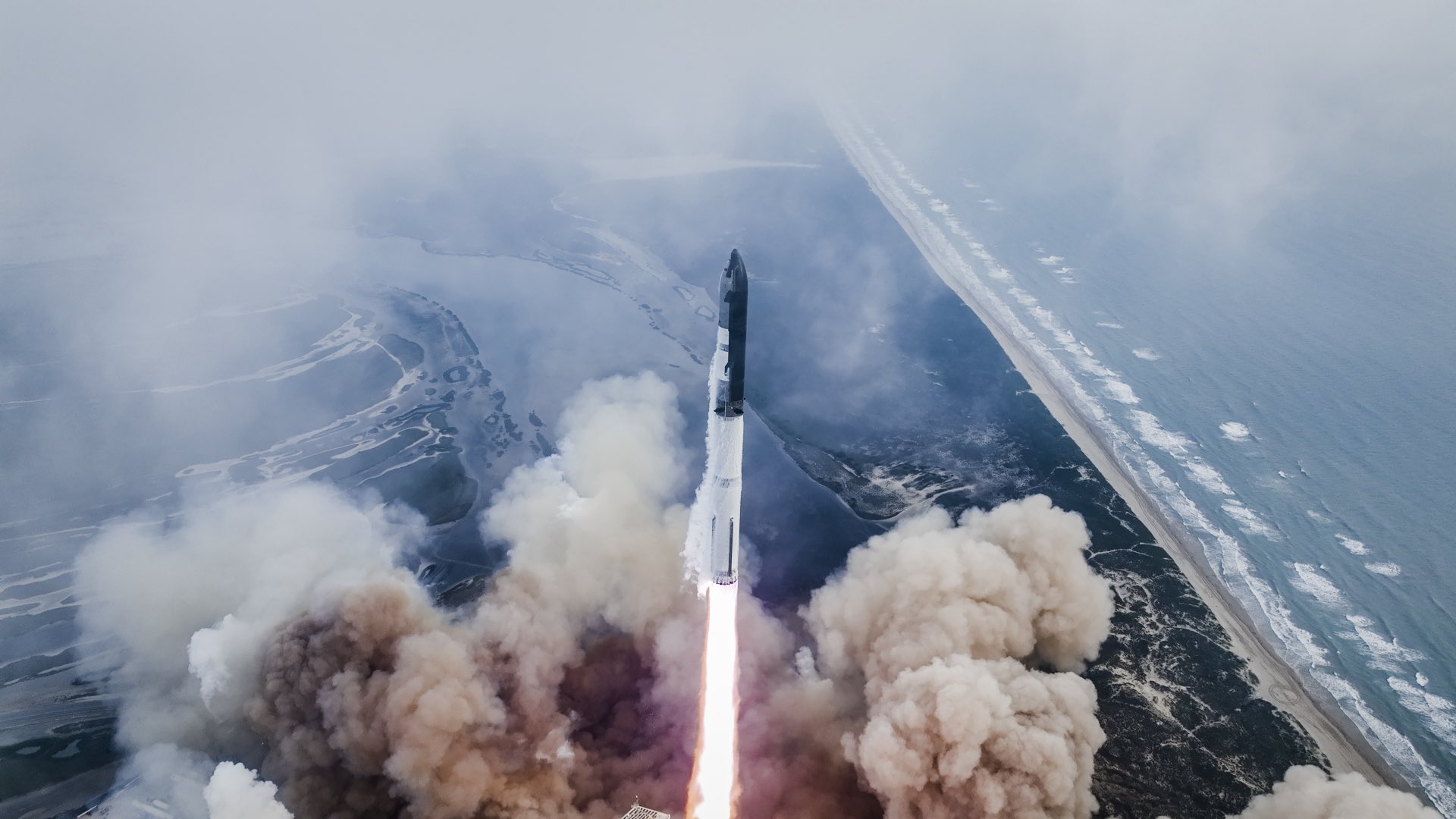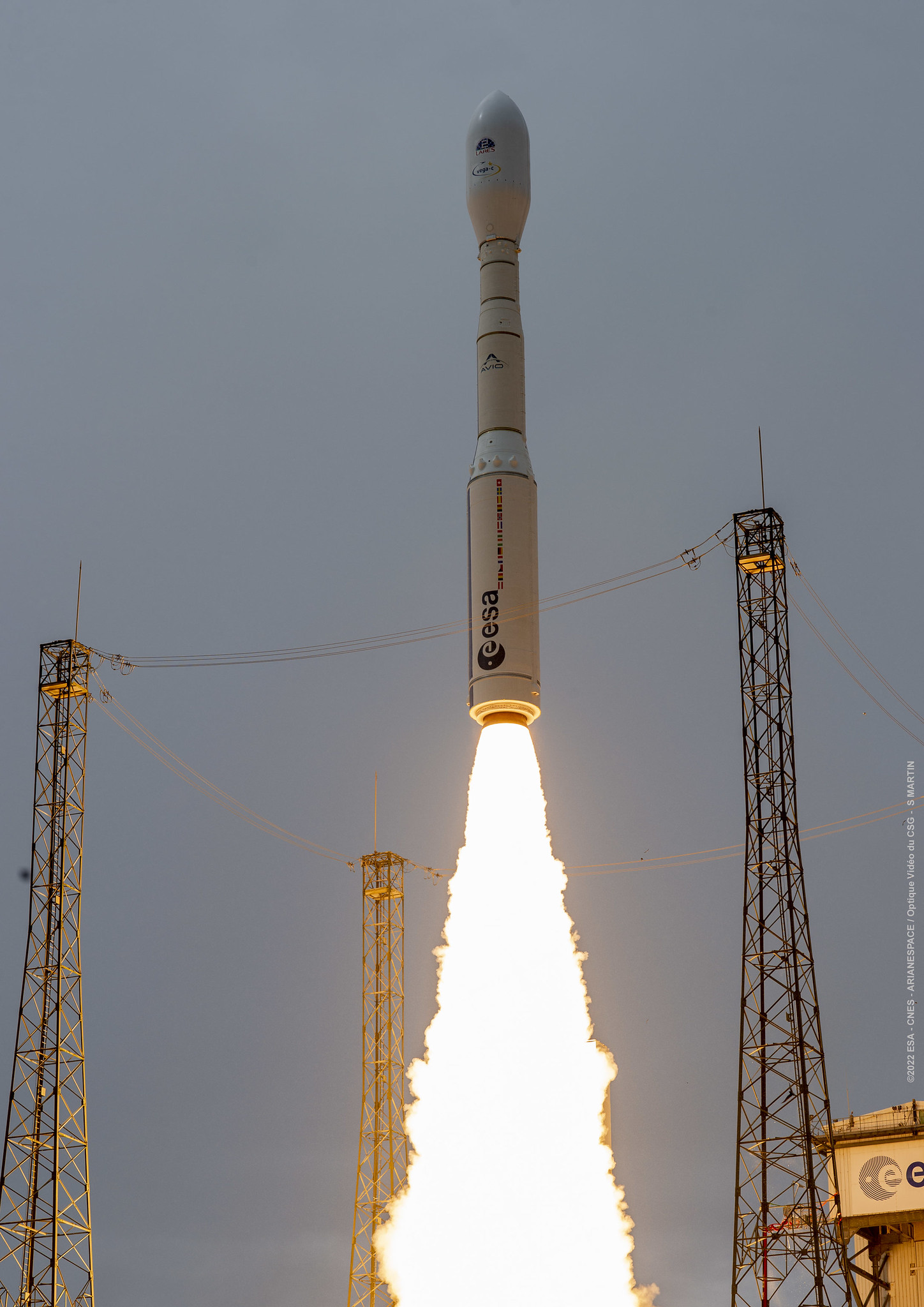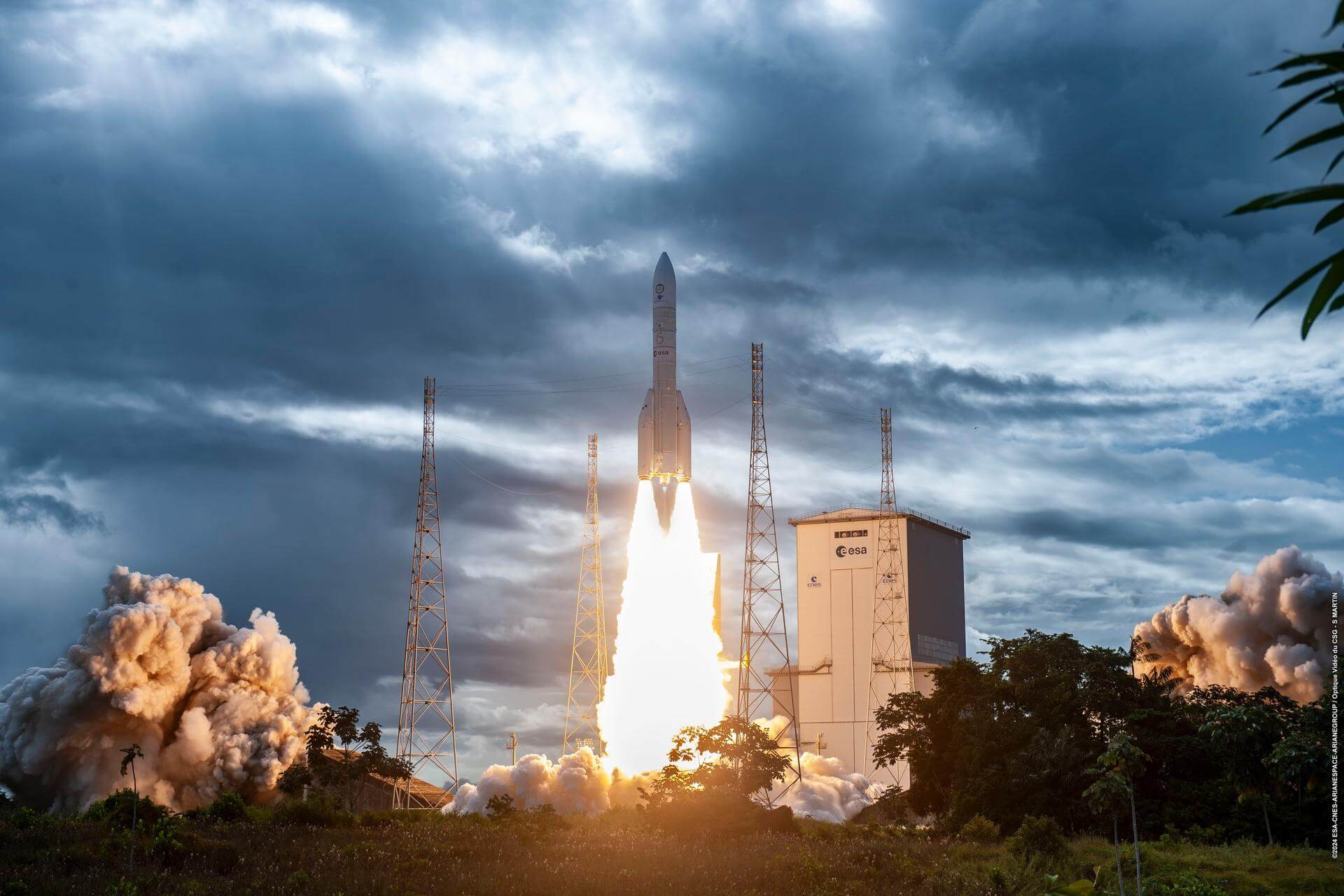· space brief · 6 min read
Space Brief 18 Jul 2025
Today's highlights include Space Force prioritizing military missions, testing new GPS satellite software, and international defense collaborations impacting space assets.

📄Top Stories
Today’s top stories focus on the U.S. Space Force setting guidelines to prioritize military missions over commercial launches, reflecting the growing demand in space operations. Additionally, the Space Force begins testing new software crucial for GPS satellite operations, enhancing navigational capabilities. International defense collaborations between Germany, the UK, and exercises involving Singapore and the US demonstrate the strategic significance of space operations in global military planning.
📰Detailed Coverage
Space Force To Prioritize Military Launches
The U.S. Space Force has introduced guidelines to manage the increased demand for launching both commercial and military satellites. The guidelines are aimed at ensuring priority is given to missions critical to national security while maintaining support for the commercial sector’s growth. This announcement comes in response to the growing congestion in coordination of launch schedules.
In prioritizing military missions, the Space Force acknowledges the crucial role of space in defense strategy. Military operations increasingly rely on satellite capabilities for communication, navigation, and reconnaissance. This balance is essential to ensure that military readiness is unaffected while also fostering commercial innovation in space technology. This strategy underscores the importance of satellite tracking for both defense and commercial purposes, an area of significant focus in our web app’s features.
Read the full story: SpaceNews
GPS Satellite Software Testing Begins
The Space Force has announced the commencement of tests on the first operational software blocks for the new GPS satellite system. The testing aims to enhance the accuracy and reliability of GPS services crucial for military and civilian applications. These advancements are part of a broader effort to update and improve existing GPS infrastructure.
While the update does not yet have an operational acceptance date, this phased rollout is critical for maintaining consistent service and improving satellite resilience. The satellites’ enhanced capabilities allow for better tracking, an invaluable feature for both defense operations and civilian use. This development emphasizes our web app’s tracking capabilities, offering users detailed insights into satellite position and function.
Read the full story: Breaking Defense
Germany and UK Sign Defense Pact
In a significant move, Germany and the UK have formalized a defense pact which outlines a timeline for a joint deep precision strike capability. This agreement highlights the two nations’ commitment to enhance their long-range strike options, leveraging technological advancements in satellite and communication systems.
The pact reflects both countries’ awareness of the strategic importance of space in modern defense initiatives. Satellites play an essential role in command and control systems, making their tracking and protection from potential adversaries a top priority. This development indicates the interconnected nature of defense alliances and the space domain.
Read the full story: Breaking Defense
Singapore Joins US in Talisman Sabre Exercise
For the first time, Singapore’s military and US intelligence-gathering aircraft are participating in the Talisman Sabre exercise in Australia. This multinational exercise showcases the strength of defense collaborations, particularly in intelligence-sharing and joint operational capabilities.
The inclusion of space-capable assets in such exercises underscores the essential nature of satellite surveillance and communication. These operations rely on real-time satellite data to coordinate complex maneuvers and share information across international borders, enhancing strategic outreach and defense readiness.
Read the full story: Breaking Defense
Manufacturing Innovations Enter Defense Sector
Manufacturing startup Hadrian is set to expand its operations into Arizona, aiming to integrate directly with factories owned by defense primes. This marks a substantial shift towards decentralized, scalable manufacturing tailored for the defense sector’s unique challenges.
Hadrian’s innovative “factories-as-a-service” model offers a flexible solution to the competitive and resource-intensive defense market. The ability to efficiently produce parts for defense systems, including satellites, ensures quicker, more adaptable responses to the sector’s dynamic demands.
Read the full story: Breaking Defense
🛰️Satellite Spotlight
- Satellite Name: YAOGAN-39 01C
- NORAD ID: 57731
- Launch Date: August 31, 2023
- Mission: The satellite is designed for Earth observation or Signals Intelligence (SIGINT), although its specific purpose remains classified.
- Orbit: Low Earth Orbit (LEO)
- Operator: ZZB
- Fun Fact: YAOGAN-39 01C is part of the Yaogan series, which is known for its capability to conduct intelligence and reconnaissance missions for military and civil applications.
Track this satellite in real-time on our web app: Track YAOGAN-39 01C
🌌Space Weather
Current space weather shows Enhanced solar wind (595 km/s).
Current
R0 - S0 - G0
Last 24 Hour Maximums
R0 - S0 - G0
Recent Alerts
- Continued Alert: Electron 2MeV Integral Flux exceeded 1000 pfu. Significant charging risk to satellite systems noted since July 14.
- Extended Warning: Geomagnetic K-index of 4 expected; possible impacts include weak power grid fluctuations and auroras visible at high latitudes, valid until July 18.
- Alert: Geomagnetic K-index of 4 reached; impacts similar to the extended warning.
Next 24 Hours
-
Radio Blackouts Probability
- Minor: 60
- Major: 15
- Risk: None
-
Solar Radiation
- Probability: 10
- Risk: None
-
Geomagnetic Storming
- Scale: 0
- Impact: none
- Activity: Low
-
Impact Summary
- No risk of radio blackouts.
- No risk of solar radiation storms.
- No G1 (Minor) or greater geomagnetic storms expected.
- A slight chance for R1-R2 (Minor-Moderate) radio blackouts likely over July 18-20.
Long Term Forecast
- The forecast from July 14 to August 9 indicates likely low solar activity, with potential R1-R2 (Minor-Moderate) radio blackouts due to active regions returning from the Sun’s farside.
- Expect high levels of electron flux at geosynchronous orbit around July 20-28 and August 5-6.
- Mild geomagnetic field activity expected, particularly around coronal holes, with active conditions forecasted intermittently during this period. Most days are expected to be quiet.
🚀Upcoming Space Launches
July 19
- SpaceX Falcon 9 Block 5:
- Starlink Group 17-3 from Vandenberg Space Force Base, California, USA (02:08 UTC) A batch of satellites for the Starlink mega-constellation, SpaceX’s project for space-based Internet communication system.
July 21
- SpaceX Falcon 9 Block 5:
- O3b mPower 9-10 from Cape Canaveral Space Force Station, Florida, USA (21:00 UTC) Two high-throughput communications satellites in Medium Earth Orbit (MEO) built by Boeing and operated by SES.
July 22
- SpaceX Falcon 9 Block 5:
- TRACERS from Vandenberg Space Force Base, California, USA (18:05 UTC) NASA’s Tandem Reconnection and Cusp Electrodynamics Reconnaissance Satellites mission, which consists of two identical satellites to study magnetospheric physics.
July 24
- SpaceX Falcon 9 Block 5:
- Starlink Group 10-26 from Cape Canaveral Space Force Station, Florida, USA (09:12 UTC) A batch of satellites for the Starlink mega-constellation, SpaceX’s project for a space-based Internet communication system.
July 25
- Roskosmos Soyuz 2.1b/Fregat-M:
- Ionosfera-M 3 & 4 from Vostochny Cosmodrome, Siberian, Russian Federation (05:54 UTC) Ionosfera is a constellation of ionospheric and magnetospheric research satellites for the project Ionozond.
July 26
- Arianespace Vega-C:
- CO3D & MicroCarb from Guiana Space Centre, French Guiana (02:03 UTC) The satellites are designed for 3D mapping of the globe and tracking carbon dioxide sources and sinks.
- SpaceX Falcon 9 Block 5:
- Starlink Group 17-2 from Vandenberg Space Force Base, California, USA (02:09 UTC) A batch of satellites for the Starlink mega-constellation, SpaceX’s project for a space-based Internet communication system.
- Gilmour Space Technologies Eris-1:
- Maiden Flight from Bowen Orbital Spaceport (21:30 UTC) Maiden flight of Gilmour Space’s orbital launch vehicle Eris.
July 30
- ISRO GSLV Mk II:
- NISAR from Satish Dhawan Space Centre, India (11:30 UTC) The NASA-ISRO Synthetic Aperture Radar satellite will map complex natural processes on Earth using advanced radar imaging.
July 31
- SpaceX Falcon 9 Block 5:
- SDA Tranche 1 Transport Layer B from Vandenberg Space Force Base, California, USA (00:00 UTC) Classified mission launched by the Space Development Agency for Tranche 1 Transport Layer.
Note: Launch dates and times are subject to change due to technical or weather considerations.

Maurice Stellarski





